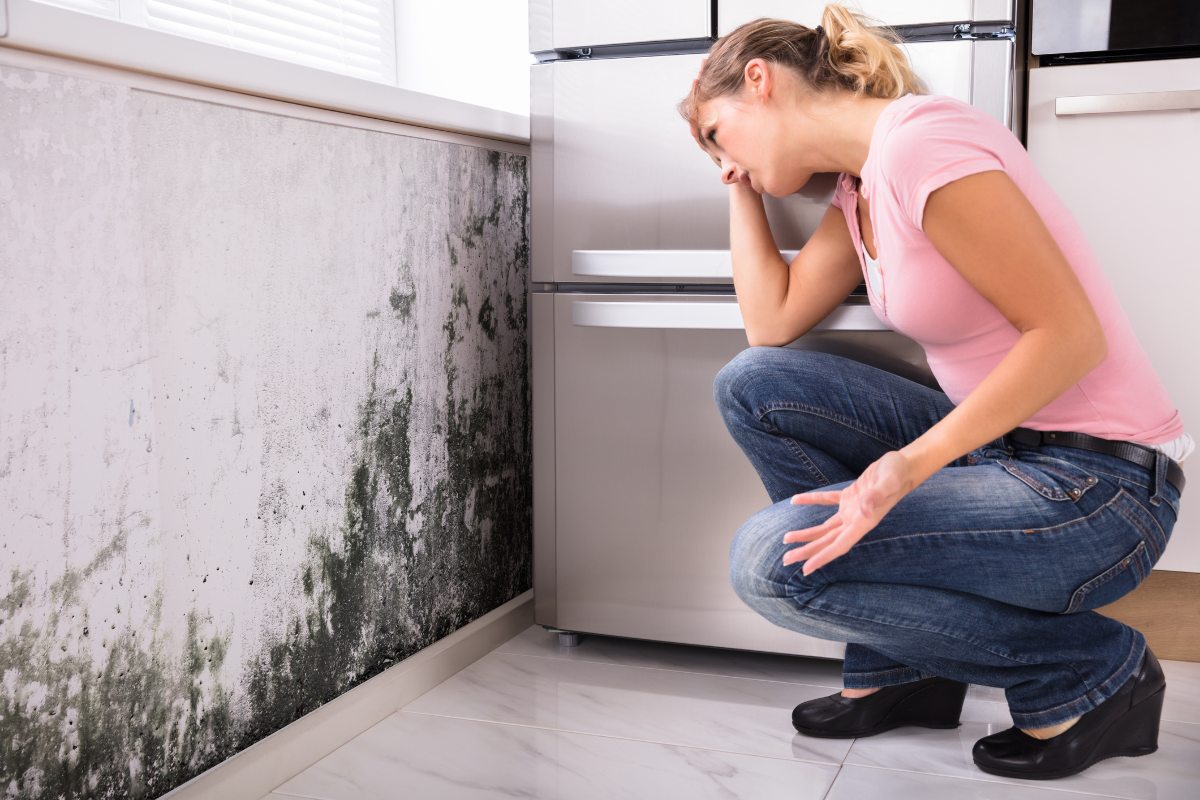The Facts About Toxic Black Mold
admin | Posted on |

When you think of mold, it is likely that you envision a worst-case scenario of toxic black mold. This type of mold has an understandably negative reputation. However, all mold species are a threat to your health and property. As such, it is important to separate the facts from myth when it comes to the infamous black mold. FRDT has gathered some helpful information you should know and tips for how to respond should you suspect black mold.
What is Black Mold?
Black mold describes a fungus that includes several species that evidence themselves with a dark green and/or black spores. To take a scientific approach, black mold generally references Stachybotrys chartarum.
Is Black Mold Dangerous?
One myth that we should dispel right away is that the shade of mold is some indication of how dangerous it is. Stachybotrys chartarum produces mycotoxins that are toxigenic to the health of humans.
Often, you will hear claims that black mold can lead to pulmonary hemorrhage, memory loss, and a whole host of other problems. However, the CDC reports that these effects are rare and causally linked, meaning they cannot be proven beyond a shadow of a doubt.
With that being said, it is undeniable that some people are extremely sensitive to black mold. Exposure to the spores can lead to allergy like symptoms, including a runny, stuffy nose, wheezing, itchy eyes, skin rashes, and asthma reactions. In fact, the Institute of Medicine (IOM) was able to establish a link between mold exposure and upper respiratory tract symptoms in otherwise healthy individuals, those with asthma, and hypersensitivity pneumonitis in the immunocompromised.
To further this research, the World Health Organization suggests a correlation between mold, housing conditions, and asthma development in children.
Can Black Mold Kill You?
While there are several harmful effects of black mold, it cannot be conclusively declared that black mold can kill you. Due to its ability to trigger reactions that then agitate conditions such as asthma or pneumonia, that can then lead to death, you cannot be too careful.
Although there are no definitive links to say that black mold can kill you, you should treat all mold with caution.
How Common is Black Mold?
Mold is all around us. Unless you were to live in a sterile, vacuum-like environment, the spores are inescapable.
Black mold is fairly common when you consider that many mold species that present in this color. However, actual Stachybotrys chartarum does not occur as often as you might think. Unfortunately, toxic black mold does not normally occur in isolation and may appear with other mold species as well.
What Does Black Mold Look Like?
There are several signs of black mold with which you should familiarize yourself. Since mold requires moisture to grow, any water stains and peeling paint should be attended to immediately before mold can take hold.
Outwardly visible spore growth is another reason for concern. Make notes as to what color the mold is. Black mold can range from dark green to grey to black. A slimy appearance is not atypical.
If the water source has already dried, the black mold may evidence itself in a dry and powdery form.
One final tell-tale sign of mold is a musty odor. The presence of this is a sure sign that you need professional mold remediation services.
Treat All Mold With Extreme Caution
Finding black mold on your property is stressful. Because it has the ability to create severe allergic reactions, as well as property damage, you will want to seek expert mold remediation services. The First Response Disaster Team is here to help!

